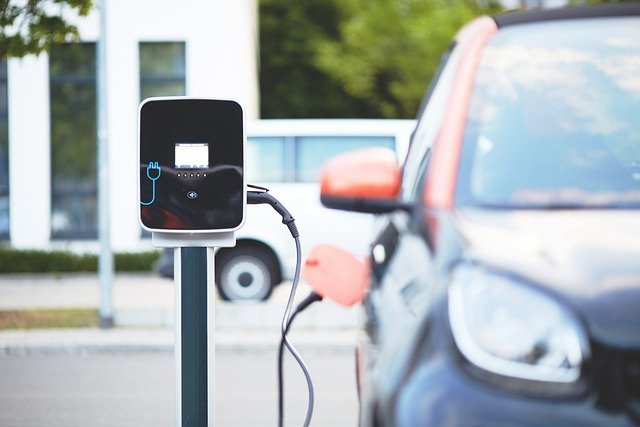ChargePoint: Understanding EV Chargers, Costs and Home Charging
ChargePoint is a widely recognized network and manufacturer that provides hardware and software for electric vehicle charging across homes and public locations. This article explains how ChargePoint products fit into home charging and broader EV infrastructure, discusses cable and connector considerations, and outlines typical costs to help you evaluate options in your area.

What are the typical costs of a ChargePoint setup?
Costs for a ChargePoint setup vary depending on whether you choose a home unit or public access charging and whether installation requires electrical upgrades. A typical home Level 2 EV charger (including some ChargePoint models) often ranges from several hundred to around a thousand dollars for the hardware. Installation by a licensed electrician can add several hundred to over a thousand dollars if panel upgrades, permits, or long-run wiring are needed. Ongoing electricity costs depend on local rates and your vehicle’s efficiency.
What cable types are used with EV chargers?
EV chargers use different cable types and connector standards. For most passenger electric vehicles in many regions, SAE J1772 (Type 1) and CCS (Combined Charging System) are common for AC and DC charging respectively, while Tesla uses its own connector in some markets. Home Level 2 chargers usually include a tethered cable (fixed to the unit) or a socketed unit where you use a separate cable. Cable length and gauge affect convenience and installation complexity; longer or heavier-gauge cables may be more expensive and harder to route.
How does a ChargePoint system work with an electric vehicle?
ChargePoint hardware delivers AC power from the grid to the electric vehicle’s onboard charger; the car’s charging system then converts AC to DC for the battery. At a technical level, ChargePoint units include smart controls for scheduling, power sharing, and user authentication, and they communicate usage and status to cloud services. This allows owners to monitor sessions, set charging windows, and sometimes limit charging power to match home electrical capacity, which can be useful for managing household loads and costs.
What to know about choosing an EV charger?
Choosing an EV charger involves matching power level, connector compatibility, installation constraints, and desired smart features. Home Level 2 EV chargers typically deliver 208–240V and 16–40 amps (roughly 3.8–9.6 kW) and can add 20–50+ miles of range per hour, depending on the vehicle. Consider whether you want a tethered cable, Wi‑Fi app controls, load management, or compatibility with home energy systems. Also factor in local services and permitting requirements in your area before purchasing.
How does home charging with ChargePoint differ from public charging?
Home charging emphasizes convenience, scheduled charging, and predictable costs, whereas public charging often offers higher power (faster DC fast charging) and variable pricing. ChargePoint’s home-focused products prioritize safety, reliability, and smart scheduling to take advantage of lower overnight electricity rates. Public ChargePoint stations integrate with networked services for payment and access control. For many owners, a Level 2 home charger covers daily needs, while public fast chargers fill gaps for long trips.
| Product/Service | Provider | Cost Estimation |
|---|---|---|
| Home Flex (Level 2) | ChargePoint | $600–$800 (hardware) |
| Wall Connector (Home) | Tesla | $300–$500 (hardware) |
| JuiceBox 40 (Level 2) | Enel X / JuiceBox | $500–$700 (hardware) |
| Grizzl‑E Classic (Level 2) | Grizzl‑E | $350–$450 (hardware) |
Prices, rates, or cost estimates mentioned in this article are based on the latest available information but may change over time. Independent research is advised before making financial decisions.
Installation and local service costs (electrician labor, permit fees, panel upgrades) commonly range from about $300 to $1,500 or more depending on complexity. If your home requires a panel upgrade or a long run of conduit and cable, budget at the higher end. Public charging access may involve subscription or per‑use fees depending on the network and location.
Conclusion
ChargePoint products sit within a broad ecosystem of home and public EV charging options. Deciding which charger and configuration fit your needs depends on vehicle compatibility, desired charging speed, smart features, and the likely installation complexity at your residence. Understanding cable types, connector standards, and realistic cost estimates will help you choose a solution that fits daily driving patterns and electrical constraints in your area.





